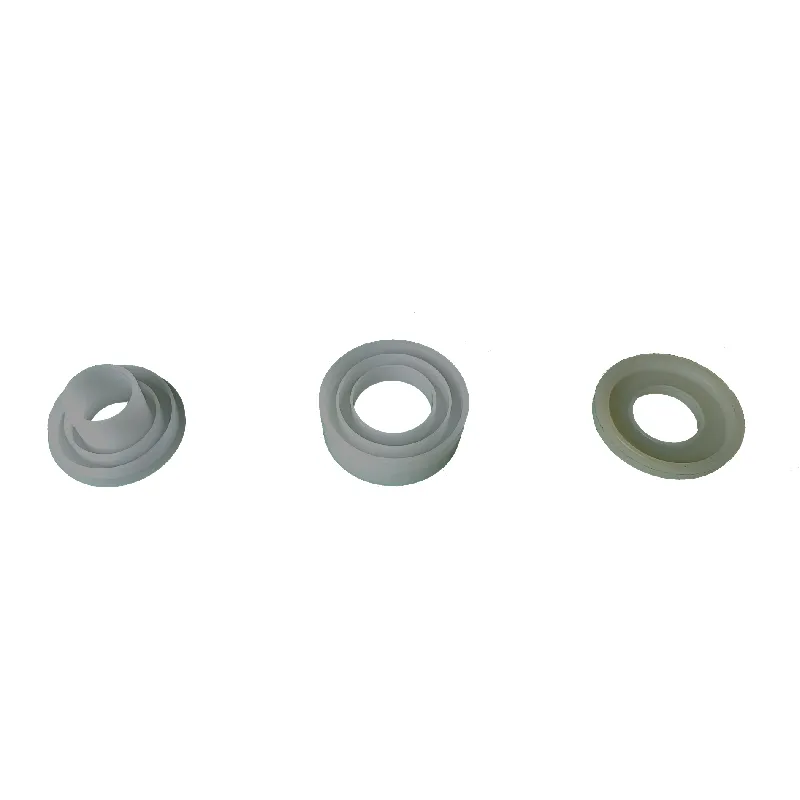 Afrikaans
Afrikaans  Albanian
Albanian  Amharic
Amharic  Arabic
Arabic  Armenian
Armenian  Azerbaijani
Azerbaijani  Basque
Basque  Belarusian
Belarusian  Bengali
Bengali  Bosnian
Bosnian  Bulgarian
Bulgarian  Catalan
Catalan  Cebuano
Cebuano  Corsican
Corsican  Croatian
Croatian  Czech
Czech  Danish
Danish  Dutch
Dutch  English
English  Esperanto
Esperanto  Estonian
Estonian  Finnish
Finnish  French
French  Frisian
Frisian  Galician
Galician  Georgian
Georgian  German
German  Greek
Greek  Gujarati
Gujarati  Haitian Creole
Haitian Creole  hausa
hausa  hawaiian
hawaiian  Hebrew
Hebrew  Hindi
Hindi  Miao
Miao  Hungarian
Hungarian  Icelandic
Icelandic  igbo
igbo  Indonesian
Indonesian  irish
irish  Italian
Italian  Japanese
Japanese  Javanese
Javanese  Kannada
Kannada  kazakh
kazakh  Khmer
Khmer  Rwandese
Rwandese  Korean
Korean  Kurdish
Kurdish  Kyrgyz
Kyrgyz  Lao
Lao  Latin
Latin  Latvian
Latvian  Lithuanian
Lithuanian  Luxembourgish
Luxembourgish  Macedonian
Macedonian  Malgashi
Malgashi  Malay
Malay  Malayalam
Malayalam  Maltese
Maltese  Maori
Maori  Marathi
Marathi  Mongolian
Mongolian  Myanmar
Myanmar  Nepali
Nepali  Norwegian
Norwegian  Norwegian
Norwegian  Occitan
Occitan  Pashto
Pashto  Persian
Persian  Polish
Polish  Portuguese
Portuguese  Punjabi
Punjabi  Romanian
Romanian  Russian
Russian  Samoan
Samoan  Scottish Gaelic
Scottish Gaelic  Serbian
Serbian  Sesotho
Sesotho  Shona
Shona  Sindhi
Sindhi  Sinhala
Sinhala  Slovak
Slovak  Slovenian
Slovenian  Somali
Somali  Spanish
Spanish  Sundanese
Sundanese  Swahili
Swahili  Swedish
Swedish  Tagalog
Tagalog  Tajik
Tajik  Tamil
Tamil  Tatar
Tatar  Telugu
Telugu  Thai
Thai  Turkish
Turkish  Turkmen
Turkmen  Ukrainian
Ukrainian  Urdu
Urdu  Uighur
Uighur  Uzbek
Uzbek  Vietnamese
Vietnamese  Welsh
Welsh  Bantu
Bantu  Yiddish
Yiddish  Yoruba
Yoruba  Zulu
Zulu head pulley
Understanding Head Pulleys A Key Component in Conveyor Systems
Head pulleys are an essential component in many conveyor systems, playing a crucial role in material handling across various industries. These pulleys, located at the discharge end of a conveyor, serve multiple functions that significantly enhance the efficiency and reliability of material transportation.
At their core, head pulleys are designed to drive the conveyor belt. When the head pulley rotates, it provides the necessary friction to pull the belt and the materials it carries. This rotation is typically powered by an electric motor, which is connected to the pulley via a system of gears or belts. The effective design and material selection for head pulleys are critical, as they must withstand the wear and tear of constant use, as well as the weight of the materials being transported.
One of the primary purposes of head pulleys is to help in the discharge of materials from the belt. As the conveyor belt reaches the head pulley, the materials are effectively released. The angle and design of the head pulley can influence how materials are discharged, which is vital for maintaining the flow and preventing spillage. This aspect is particularly important in industries such as mining, agriculture, and manufacturing, where the efficient transfer of materials can significantly impact productivity.
head pulley

Another functional aspect of head pulleys is their role in belt tension management. Proper tension ensures the integrity of the conveyor belt and prevents slippage. When installed correctly, head pulleys help maintain optimal tension levels throughout the conveyor system, contributing to smoother operation and prolonging the life of the belt. This is particularly important in systems where heavy loads are transported over long distances.
Moreover, head pulleys can be equipped with various features to improve performance. For example, some are designed with a crowned shape to help align the belt and reduce lateral movement. This design helps in keeping the conveyor system running smoothly and prevents premature wear. Additionally, head pulleys can also have lagging – a layer added to the pulley surface to enhance grip and reduce slippage, particularly in wet or challenging operational environments.
In terms of maintenance, head pulleys require regular inspections to ensure they function properly. Common issues such as wear on the pulley surface, misalignment, and lubrication problems can lead to failures that may disrupt operations. Keeping a close eye on these aspects can prevent costly downtime and maintain the efficiency of the conveyor system.
In conclusion, head pulleys are vital to the performance of conveyor systems. Their ability to drive the belt, facilitate material discharge, manage tension, and provide robustness makes them indispensable in industries reliant on effective material handling. With proper maintenance and design considerations, head pulleys can ensure a smooth and efficient operation, ultimately contributing to the overall success of the material handling process.
-
Revolutionizing Conveyor Reliability with Advanced Rubber Lagging PulleysNewsJul.22,2025
-
Powering Precision and Durability with Expert Manufacturers of Conveyor ComponentsNewsJul.22,2025
-
Optimizing Conveyor Systems with Advanced Conveyor AccessoriesNewsJul.22,2025
-
Maximize Conveyor Efficiency with Quality Conveyor Idler PulleysNewsJul.22,2025
-
Future-Proof Your Conveyor System with High-Performance Polyurethane RollerNewsJul.22,2025
-
Driving Efficiency Forward with Quality Idlers and RollersNewsJul.22,2025





























